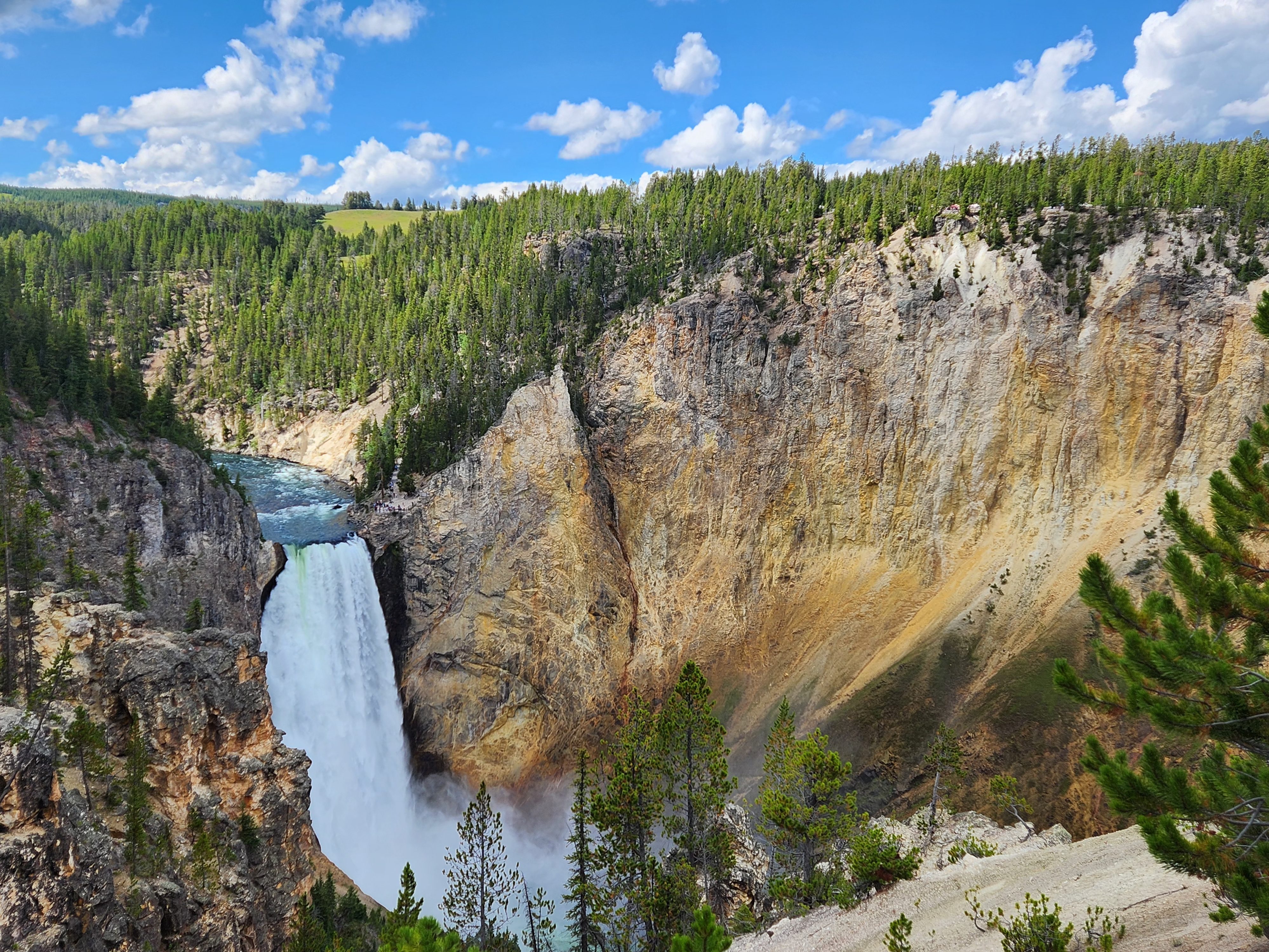
Hike the first day of the year and you will have luck all year, so the myth goes. Having worked in Law Enforcement, Restaurants and Retail all my life I never had a chance to do a first day hike…… . until 2023. For that hike I picked a place I have been wanting to see, Honey Creek State Natural Area. Honey Creek is attached to Guadalupe River State Park but is accessible only during a Ranger guided hike. Of course, for most of the time we have been in Texas Covid raged across the country and these hikes didn’t occur.
So, for this first attempt at a first day hike I made a free reservation to see Honey Creek. The Ranger guided hike is only two miles, but I figure I can hike around Guadalupe River State Park for a longer hiking experience. I am already here on a day pass anyway since Honey Creek is accessed from inside the State Park. And since Honey Creek is accessed through the park it really doesn’t have an entrance sign.
I don’t want to save a creek for the creek’s sake but for what’s in it for humans.
Jim Fowler
Evidently Honey Creek is one of the most pristine areas left in Central Texas.

The hike starts at the Rust House, with a tour of a small room or two with pictures and information on the Rust and Weidner families who owned the properties on each side of the creek.

In fact, the Rust daughter married the Weidner son putting them in control of the whole property.
It was a slow slog with the ranger led group of twenty. I did find out a few things about trees and stuff that I didn’t know.

As we crossed the post oak savannah, we learned about how Texas looked in the past which the savannah above is under restoration to reflect that time.
After what seemed like an hour, oh wait it was an hour, we finally approached the creek.
But during that hour we discussed rocks, mosses, lichens and trees.
I found some of it new and interesting and some stuff I already had knowledge of.
What was of greatest interest was the talk on the two birds, The black capped vireo and the golden cheeked warbler. These are the same birds that are protected in the Balcones Wildlife Management Area and countless other areas of Central Texas. Both are endangered species because of the loss of habitat. The normal person would think trees etc. but that is not really it, although the cedar trees are involved.
I figured the birds nested in the trees and as they were destroyed, and cattle were let to roam the central Texas landscape, it was harmful to the birds as in no trees. Well, it was in two ways but not what you would think. The first is about the trees. The birds don’t nest in the cedar trees. So how does the destruction of the cedar trees matter? Well, the ash juniper or mountain cedar or Texas cedar whatever you want to call them have very shaggy bark. On the older trees it becomes very loose and easy to remove. The birds use this bark to build their nests! As the older trees were cut for fence posts and barn pilings the bark became hard to find. The birds can’t strip the younger trees which have a tighter shaggy bark. Now that I know this, I have noticed trees that have this outer bark peeled away. Very interesting. The second problem for the endangered birds were the cows. With cows come the nomadic cow bird. The cow bird doesn’t build a nest. It is a squatter, and it prefers the nests of the golden cheeked warbler and the black capped vireo. The cow bird lays its eggs in the nest and leaves. The cow bird egg has a shorter gestation period then the Warbler or Vireo, so the cow bird hatches first. The momma birds don’t know the difference and feed the voracious appetite of the young cow bird as her hatchlings struggle and die. I found all of this very interesting. There are places, this being one, where they actually set up large cages to attract and catch the cow birds during the warbler/vireo mating season.

Finally, what I came to see…..Honey Creek, and I understand completely why this is a restricted area.

Honey Creek is a one-and-a-half-mile spring fed creek. The source is a cave on a neighboring property. The ranger told us that the current owners have obtained a conservation easement so the cave area can never be developed. The owners also have allowed the cave to be explored and although it is mostly water filled there have been more than twenty miles of channels explored in the cave.

I was amazed that on January 1st the lily pads were already green and growing! We had some in a Koi Pond back in NC and Jackson Lake in Ohio is covered with them but they never came to life this early.
The hike ended at a picnic table along the creek. Here the ranger showed us a video they took underwater with a go pro camera. While doing that they discovered a brown tetra that had only been known to be in Mexico. And they are finding that the brown tetras in open water have much different behaviors then the ones found in the cave. Very interesting stuff.

Although I am not really into group hikes sometimes you just gotta to see these things. I want to go back in the spring when the bald cypress has their leaves, and the ranger said the place is full of wildflowers. It was absolutely beautiful even in January.

After this guided hike I took a quick spin around the outer trails of the state park to net about five miles for the day. Man, I learned so much on this trip!
